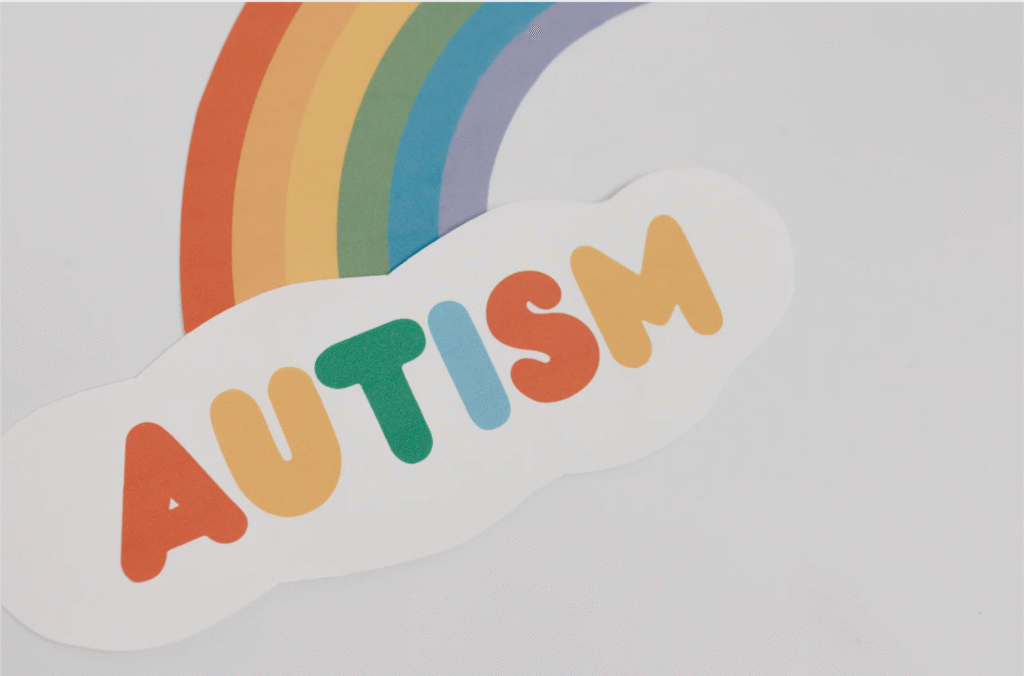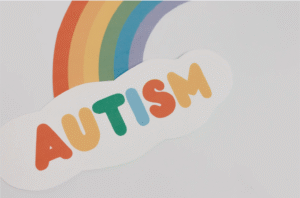Welcome to the LUMOS Technologies blog!
In our first post, we’re going to talk about Autism Spectrum Disorder (ASD), a topic that’s important for everyone to understand.
What Exactly is Autism Spectrum Disorder (ASD)?
Think of ASD or simply “Autism” as a condition that affects how a person’s brain develops, influencing how they interact with others, communicate, learn, and behave. The “spectrum” part is key – it means there’s a huge variety in how ASD shows up in different people. Some individuals might have amazing language skills, while others might not speak at all. Some might need a lot of help with daily tasks, and others might need very little.
The main things that define ASD are:
- Challenges with social communication: This can mean difficulty understanding things like eye contact, facial expressions, or even holding a conversation. They might also struggle with making and keeping friendships.
- Repetitive behaviours or focused interests: This could look like repetitive movements (like hand-flapping), needing routines to stay the same, having very specific interests, or reacting unusually to sounds or textures.
ASD usually shows up in early childhood, often before a child turns three. While there’s no single known cause, it’s believed to involve differences in brain development, with both genetics and environmental factors playing a role.
Understanding Autism Spectrum Disorder Level 2
Think of ASD Level 2 as a moderate level of autism. This means individuals at this level need “substantial support” to help them with daily activities. It’s not as mild as Level 1, but it’s not as severe as Level 3 either.
Here are some of the key things you might notice with Level 2 Autism:
- Social Communication Challenges: Individuals with Level 2 autism can have significant difficulties with talking and understanding others. They might use a small number of words or speak in short sentences. Starting or keeping a conversation going can be tough, and they might not easily understand or use nonverbal cues like facial expressions or body language. Sometimes, they might even walk away in the middle of a chat or respond in ways that seem a bit unusual to others.
- Repetitive Behaviors: These behaviors are more noticeable than in Level 1. You might see hand-flapping or rocking motions. Routines are super important, and changes can cause a lot of distress. They might also have very strong, focused interests that they love to talk about.
- Need for Substantial Support: Even with help, individuals with Level 2 autism face ongoing challenges. They might need support to manage everyday tasks, especially in social situations or at school. Changes can be very upsetting for them, and they often benefit from specific help with communication, social skills, and coping strategies.
How LUMOS Technology can help?
At LUMOS Technology (click here), we believe in empowering every child to reach their full potential. That’s why we’ve developed innovative tools like our AI-powered educational plans and visual routines. These can be incredibly helpful for children with ASD Level 2.
Here’s how our product can make a difference:
- Tailored Learning with AI-Powered Educational Plans: Our AI technology can create personalized learning plans that adapt to each child’s unique needs and pace. For children with Level 2 autism, who may have limited vocabulary or struggle with conversations, these plans can focus on building communication skills in engaging and effective ways. The AI can identify areas where a child needs more practice and provide targeted exercises, helping them make meaningful progress in communication and social skills.
- Building Independence with Visual Routines: We know that routines are incredibly important for individuals with Level 2 autism, and changes can be distressing. Our visual routines can provide clear, step-by-step guidance for daily tasks, helping children understand what to expect and when. This can reduce anxiety caused by transitions and help them gain confidence in managing daily activities. By visually laying out tasks like getting ready for school or transitioning between activities, our routines foster independence and reduce the need for constant verbal instructions.
With early and personalized intervention, individuals with Level 2 autism can make significant strides in their communication, social skills, and everyday behaviors. LUMOS Technology is committed to providing the tools that support this journey, helping children with ASD Level 2 thrive and lead more independent, fulfilling lives.
Source of information:
Public Health Agency of Canada. (2024, September). Canada Autism Strategy. Government of Canada. https://www.canada.ca/en/public-health/services/publications/diseases-conditions/canada-autism-strategy.html
Li, Y. J., Xie, X. N., Lei, X., Li, Y. M., & Lei, X. (2020). Global prevalence of obesity, overweight and underweight in children, adolescents and adults with autism spectrum disorder, attention-deficit hyperactivity disorder: A systematic review and meta-analysis. Obesity reviews : an official journal of the International Association for the Study of Obesity, 21(12), e13123. https://doi.org/10.1111/obr.13123
Salari, N., Rasoulpoor, S., Rasoulpoor, S., Shohaimi, S., Jafarpour, S., Abdoli, N., Khaledi-Paveh, B., & Mohammadi, M. (2022). The global prevalence of autism spectrum disorder: a comprehensive systematic review and meta-analysis. Italian journal of pediatrics, 48(1), 112. https://doi.org/10.1186/s13052-022-01310-w
National Institute of Mental Health. (2024, December.). Autism spectrum disorders (ASD). U.S. Department of Health and Human Services, National Institutes of Health. https://www.nimh.nih.gov/health/topics/autism-spectrum-disorders-asd
Centers for Disease Control and Prevention. (2025, April 15). About Autism Spectrum Disorder. U.S. Department of Health & Human Services. https://www.cdc.gov/autism/about/index.html
Mayo Clinic Staff. (2025, April 19). Autism spectrum disorder – Symptoms and causes. Mayo Clinic. https://www.mayoclinic.org/diseases-conditions/autism-spectrum-disorder/symptoms-causes/syc-20352928
Autism Speaks. (n.d.). What is autism? Retrieved May 21, 2025, from https://www.autismspeaks.org/what-autism




